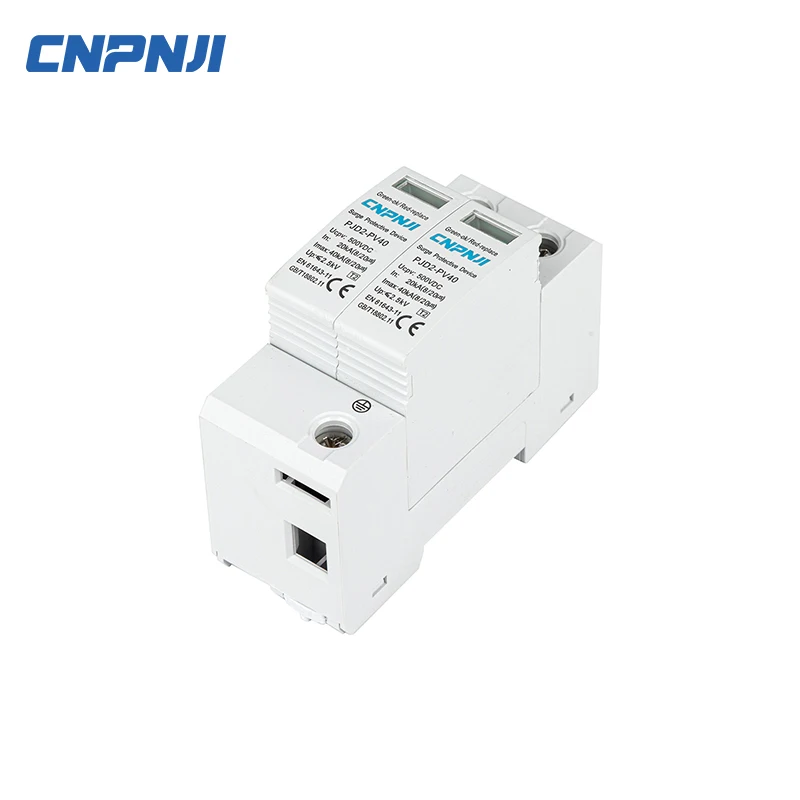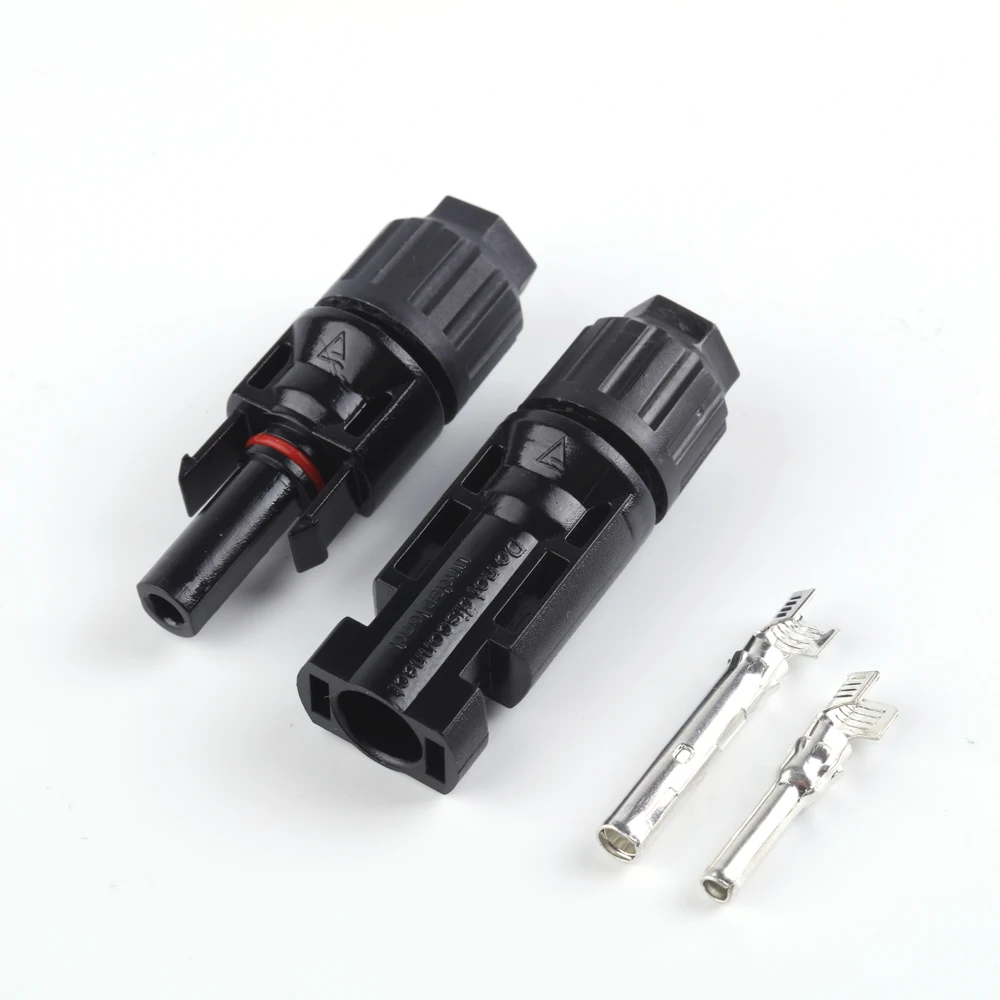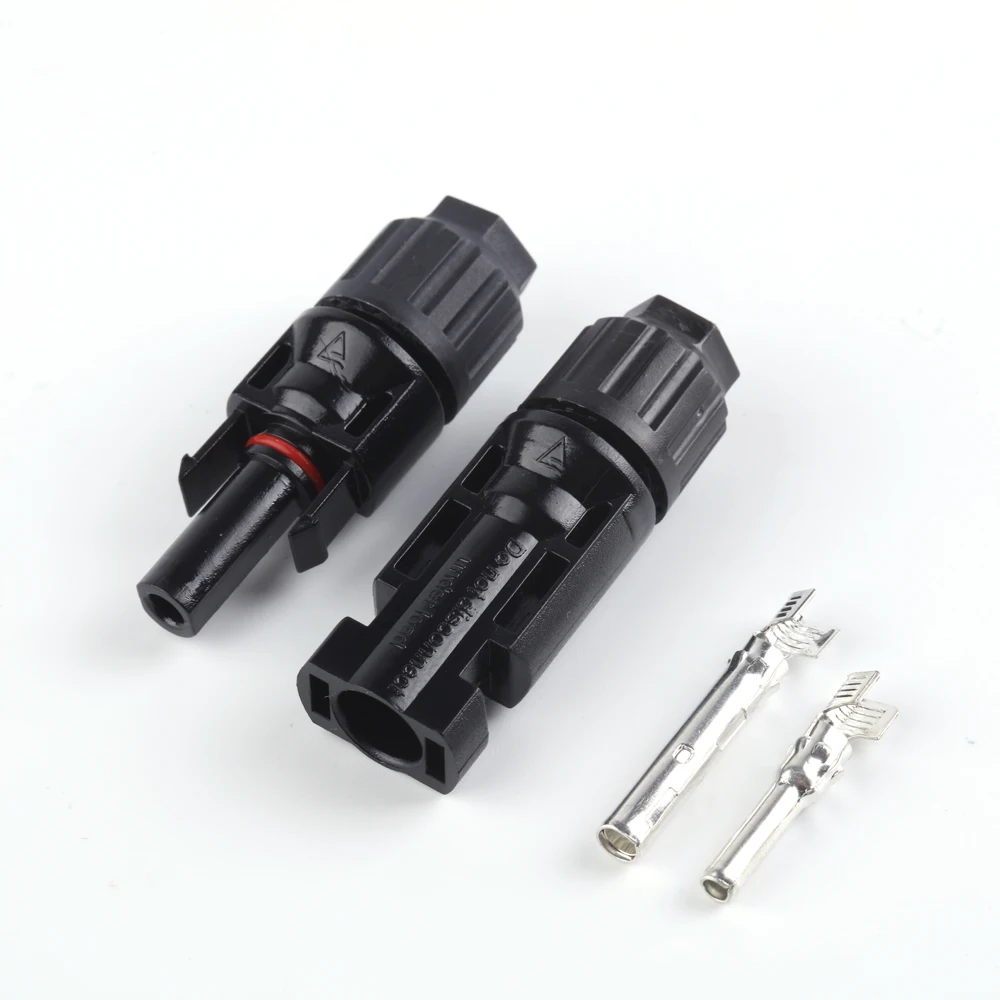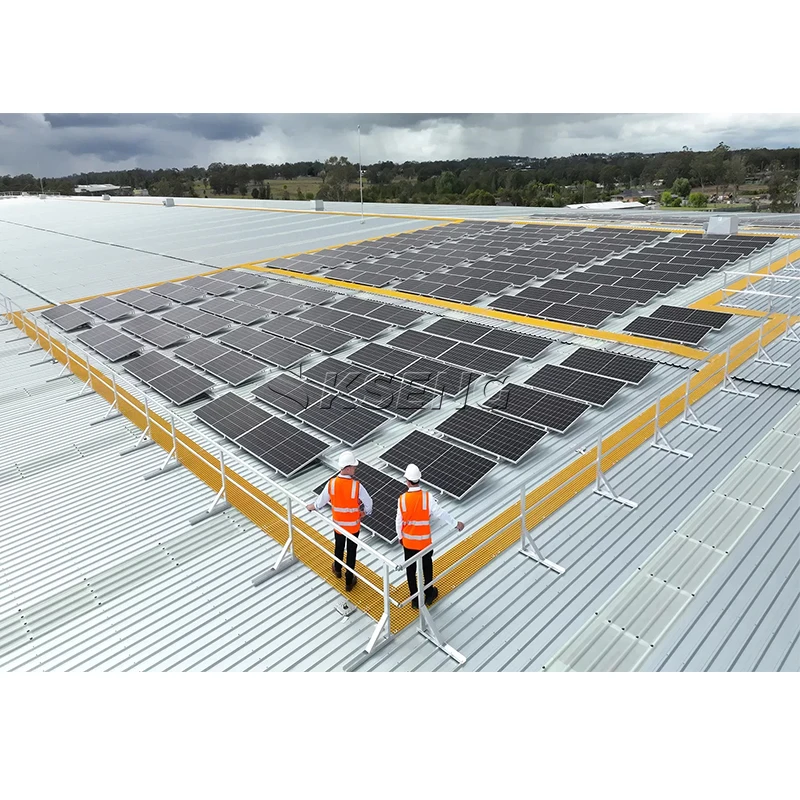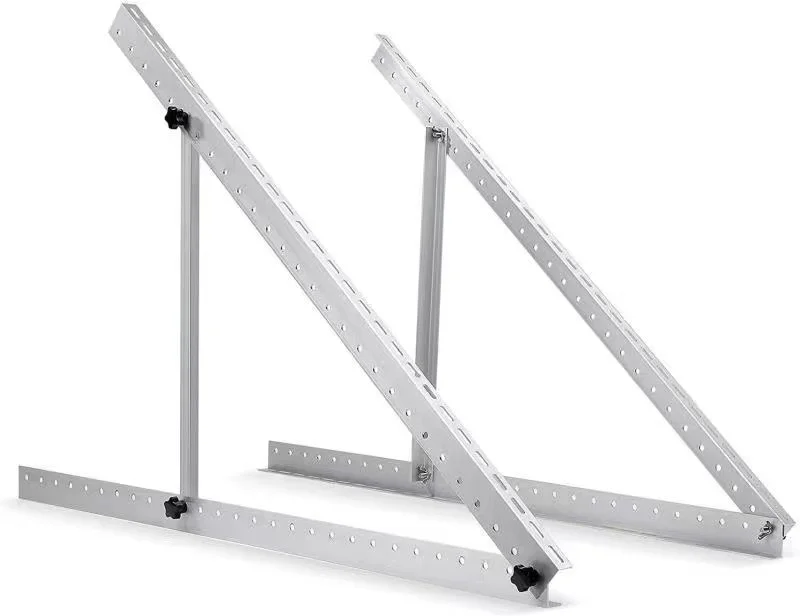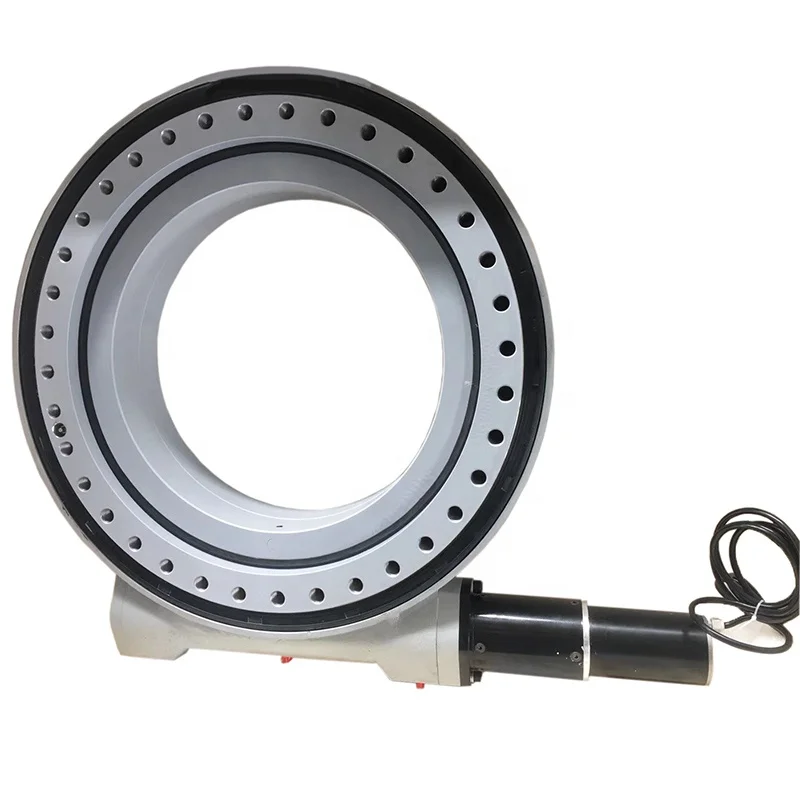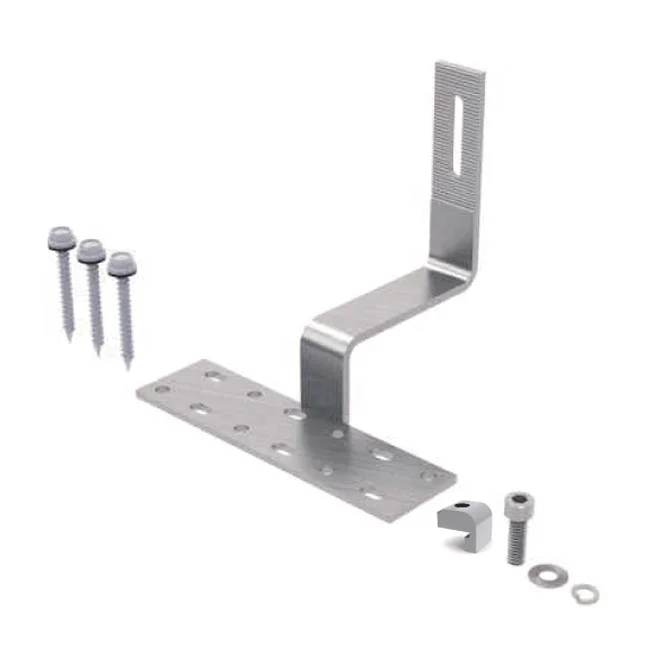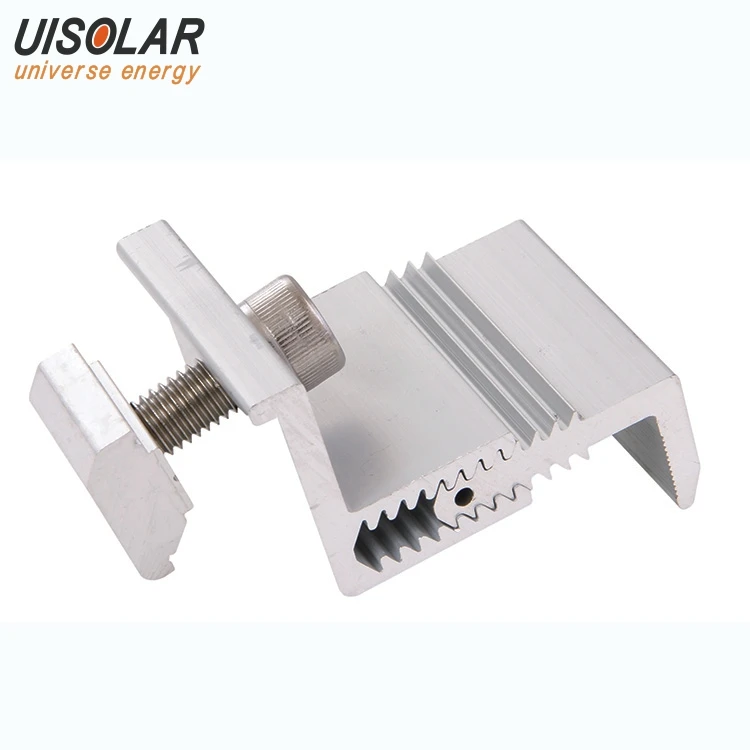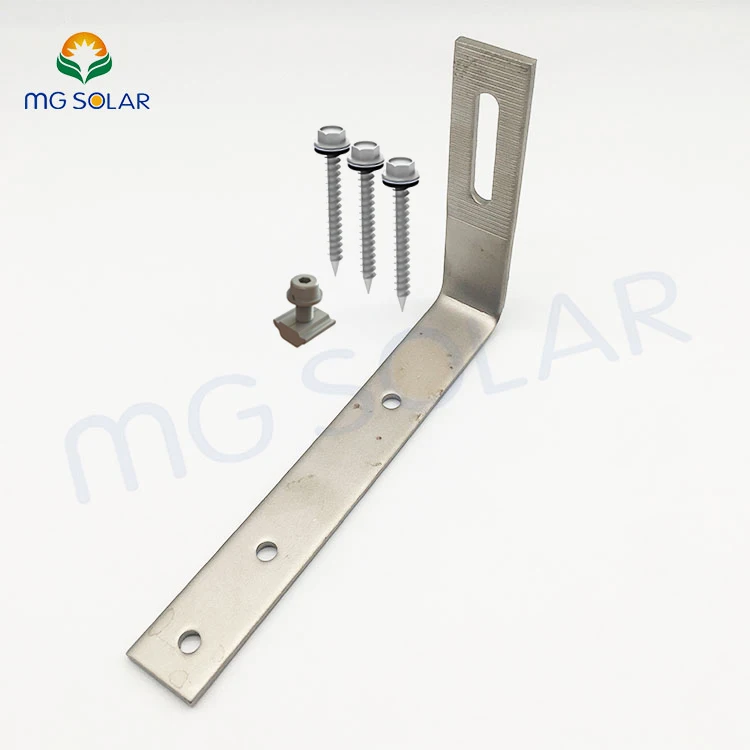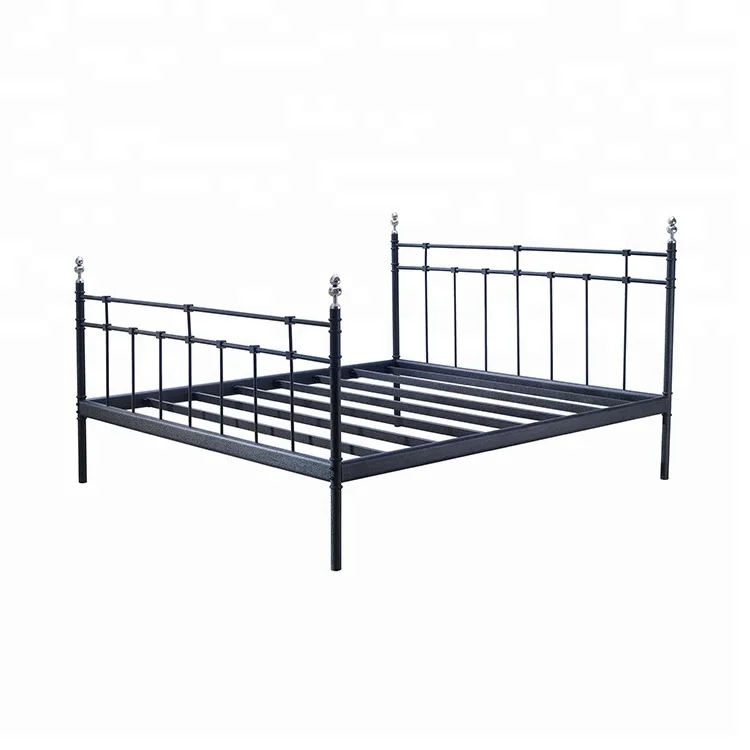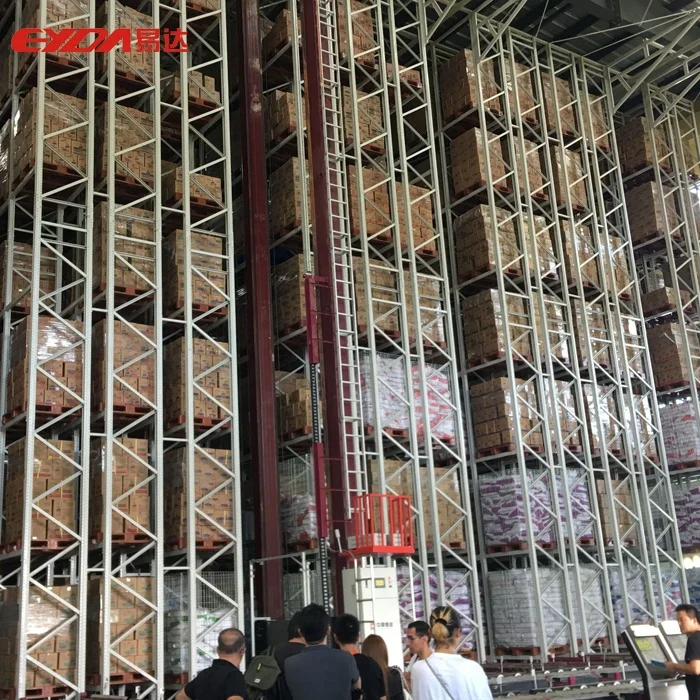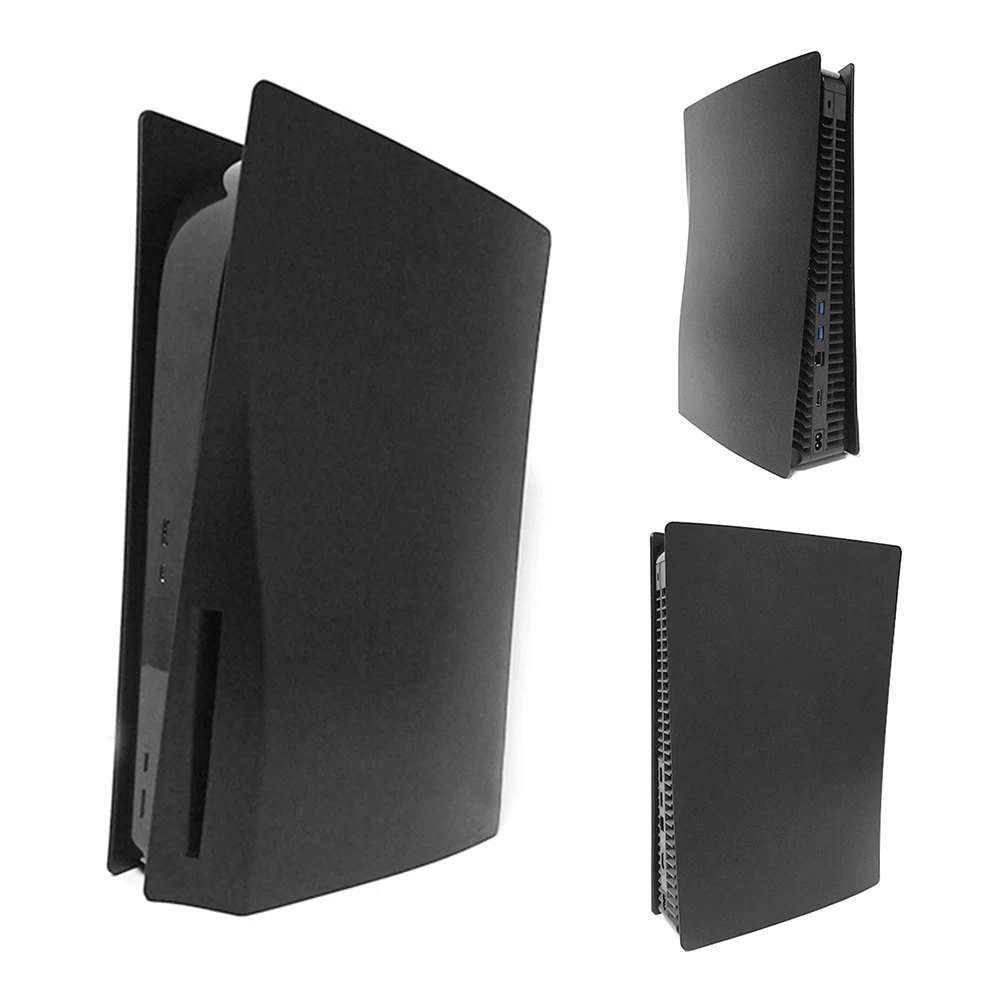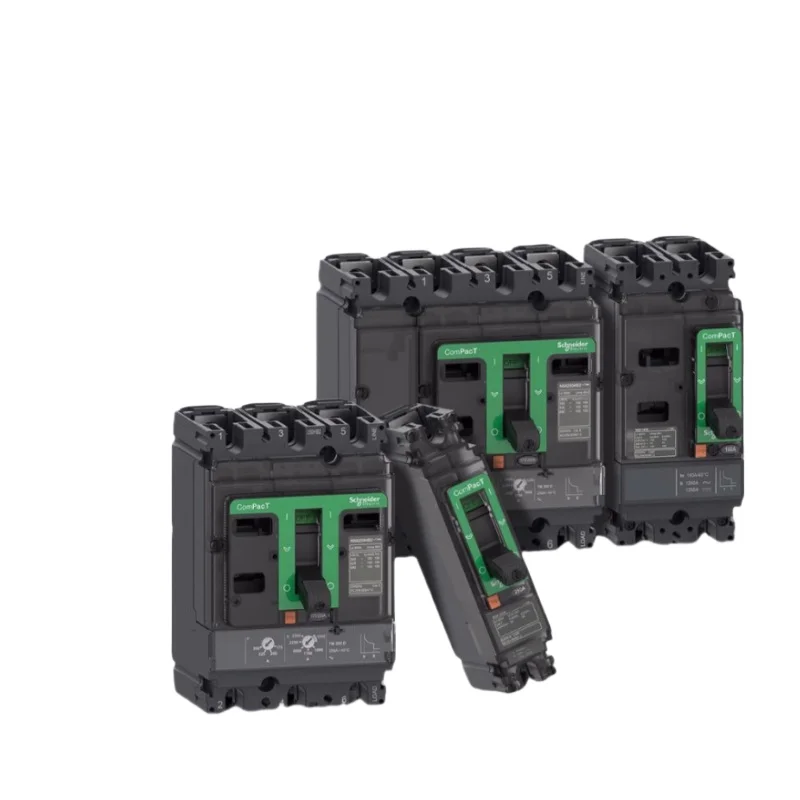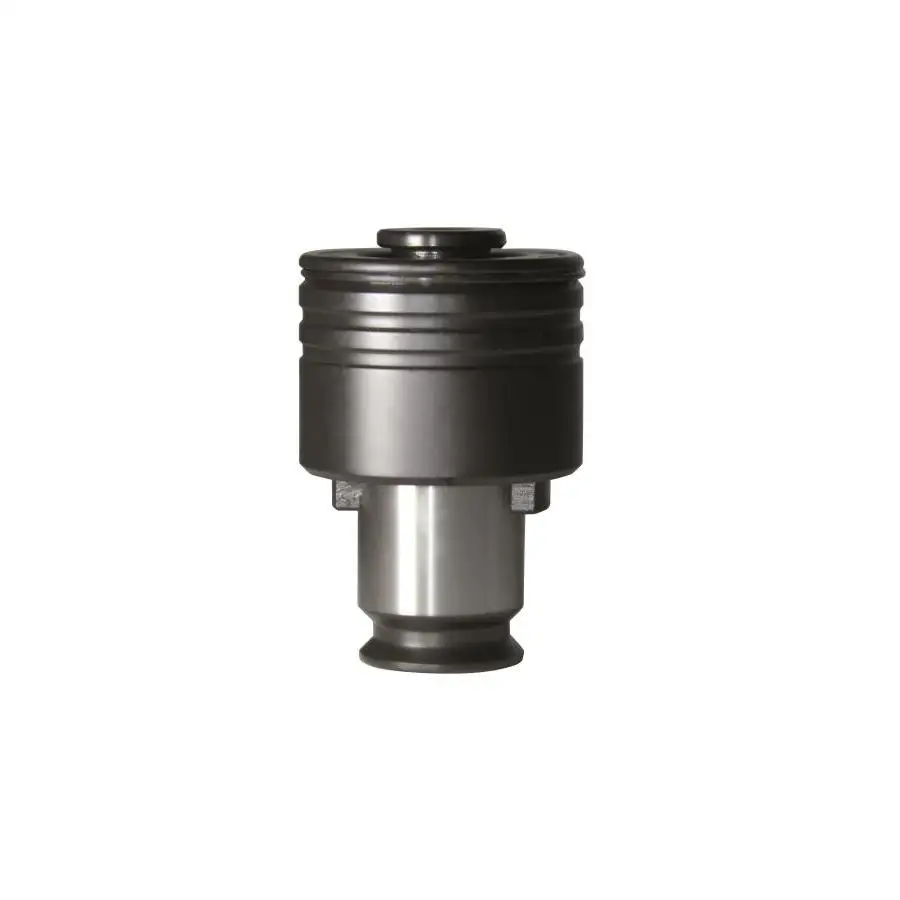Устройство для защиты от перенапряжения 2P DC800V
- Категория: >>>
- Поставщик: Zhejiang Mingguan Electrical Technology Co. Ltd.Zhejiang Ltd.
Сохранить в закладки 1601236496826:
Описание и отзывы
Характеристики







| Model | MG-T1T2-DC/3P | MG-T2-DC/2P | MG-T2-DC/3P |
| Maximum continuous operating voltage [Uc] | 800VDC/1000VDC/1200VDC | 800VDC/1000VDC/1200VDC | |
| Impulse current (10/350) [llmp] | 7kA | ||
| Nominal discharge current (8/20) [In] | 20kA | 20kA | |
| Maximum discharge current [Imax] | 50kA | 40kA | |
| Voltage protection level [Up] | 4.2kA/4.5kA/5.0kA | 3.2kA/4.0kA/4.4kA | |
| Continuous flow [lf] | 32A fuse will not be triggered at 2kArms 255V | ||
| Response time [tA] | ≤100ns | ≤25ns | |
| Maximum backup fuse (L) | 200A gL/gG | 125A gL/gG | |
| Maximum spare fuse (L-L') | 125A gL/gG | ||
| TOV voltage | 355V/5sec | ||
| Operating temperature range (parallel circuit) | -40℃...+80℃ | -40℃...+80℃ | |
| Operating temperature range (series circuit) | -40℃...+60℃ | ||
| Installation wire cross-sectional area | 35mm² solid/50mm² flexible | 1.5mm²~25mm²solid/35mm² flexible | |
| Installation method | 35mm DIN rail | ||
| Housing material | Purple(module)/light gray (base) thermoplastic,UL94-VO | Purple(module)/light gray (base) thermoplastic,UL94-VO | |
| Specifications | 2 mods | 1 mod | |
| Testing standards | IEC 61643-1;GB 18802.1;YD/T 1235.1 | IEC 61643-1;GB 18802.1;YD/T 1235.1 | |
| Authentication | CE ROHS ISO9001 CQC TUV | CE ROHS ISO9001 CQC TUV | |
| Remote signaling installation connection type | Switching contact | Switching contact | |
| Exchange capacity | 250V/0.5A | 250V/0.5A | |
| Exchange capacity | 250V/0.1A;125V/0.2A;75V/0.5A | 250V/0.1A;125V/0.2A;75V/0.5A | |
| Cross section area of remote communication end wire | Max.1.5mm² solid/flexinle | Max.15mm² solid/flexinle | |
| Packing | 1pc(s) | 2pc(s) | 1pc(s) |
| Weight | 288g | 206g | 283g |
1.How long does an SPD last?
How long a MOV-based SPD can last depends on the frequency and duration of the surge it experiences. Each time the MOV is switched on to divert the surge to the ground, its life decreases slightly. The larger the surge, the greater the degradation of MOV. A single hit at 20kA may reduce the MOV's lifetime to 15 hits at 0.2kA. So depending on the size and duration of the surge SPD encounters, it may last a day to suppress a large surge, or it may last for years to suppress a smaller surge.
2. How do surge protection devices work?
A surge protector or surge suppressor is an appliance or device designed to protect electrical equipment from voltage spikes. Surge protectors attempt to limit the voltage provided to electrical equipment by blocking or short-circuiting any unwanted voltage above the safety threshold.
3.What is distributed (cascaded) surge protection?
Distributed protection, cascading protection, or coordination is the process of coordinating protection between the main service entry and the internal branch switchboards of a large facility. Typically, surge guards (SPDS) with high surge handling capabilities are installed at the service inlet, while SPDS with lower surge ratings will be installed on branch panels or dedicated power supplies that power sensitive equipment. This approach can further include point-of-use SPDS along long lines that terminate in sensitive or critical equipment.

Похожие товары
SUYEEGO соединитель солнечной панели штекер и гнездо IP68 водонепроницаемый для системы солнечный
Солнечная Верхняя панель крыши 3660*424*25 мм grp сетка пешеходная дорожка из стекловолокна решетка FRP
Все в одном легко устанавливаемая Солнечная стойка плоский балласт для крыши комплект кронштейнов система
SE25 одноосевая Червячная Шестерня хорошего качества поворотный привод
Солнечные панели крепление системы черепицы зажим для крыши PV монтажный комплект Солнечный крюк
Кровельная стойка лестница Регулируемый алюминиевый конец Pv кронштейн зажим боковая система Солнечный монтаж
Солнечная система стеллажей лидер продаж плоская черепица крепление на крышу крюк из нержавеющей стали плитка монтажа крыши
Новые поступления
Новинки товаров от производителей по оптовым ценам
